This story from the Australian Aviation archives comes from October 2012, when Ellis Taylor wrote about the Bombardier Dash 8 operations in Australia.
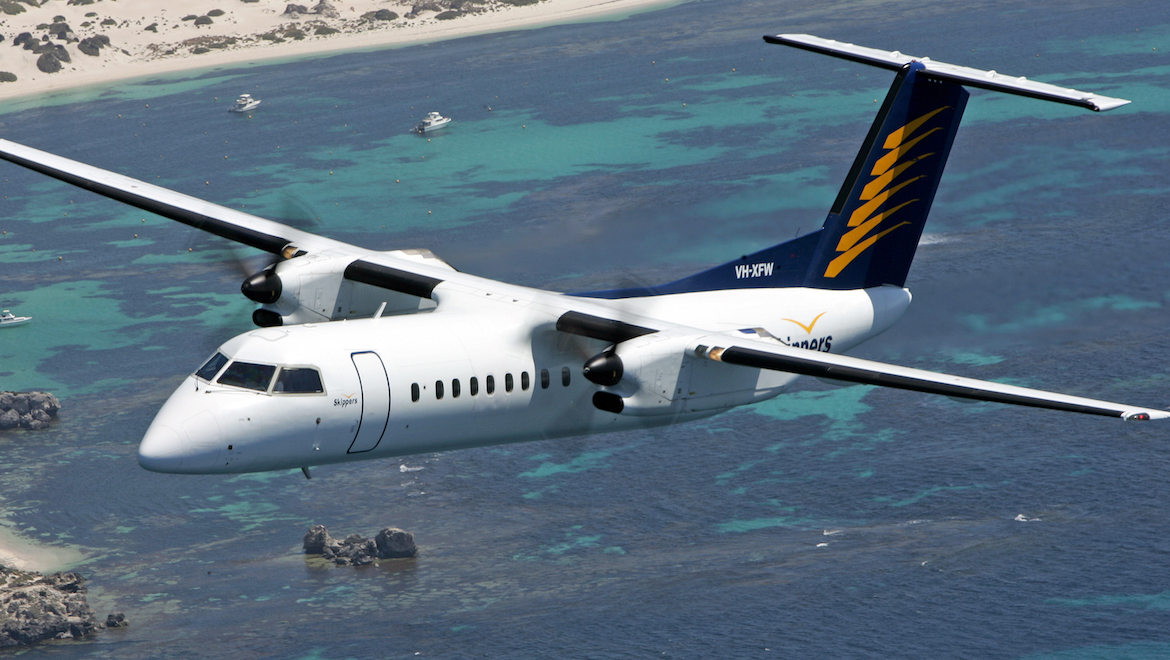
Since the late 1980s, the Bombardier Dash 8 has been a staple of regional aviation in Australia, with various iterations of the turboprop in service across the country.
Today, the 84 Dash 8 aircraft registered in the country serve a number of regional communities, both on scheduled services and in charters, while some have also been modified for special missions.
Those form part of a global fleet of over 1,000 Dash 8s of all types which fly in practically every corner of the globe.
Development of the aircraft started in the late 1970s when De Havilland Canada (DHC) found there to be large demand for a 30-40 seat commuter aircraft. Part of that requirement was to replace the venerable Fokker F27 Friendship, while it also provided a step up from smaller 19‑seat regional aircraft such as the Fairchild Metroliner.
It also followed the technically successful but sales-challenged Dash 7. That aircraft, which featured four turboprops and a capacity for 50 passengers, was legendary for its short takeoff and landing (STOL) abilities, capable of operating from airstrips as small as 610m.
At the time, it was envisioned that networks of “STOL-ports” could be established across Europe and North America close to major city centres.
However, the Dash 7 was a relative sales flop, with only 113 produced. While the STOL capabilities were impressive, many commuter airlines in North America and other markets simply did not require it. The higher fuel and maintenance costs of the four engines also made it uneconomical against other types.
That led to the development of the Dash 8-100, which made its first flight in 1983 and entered service in 1984.
Powered by two Pratt & Whitney Canada PW120 turboprops driving four-bladed propellers, the Dash 8 promised the capability of carrying up to 39 passengers in an airliner-style cabin. And although it did not have the STOL capability of the Dash 7, the aircraft’s high wing and still respectable landing performance made it well suited to the regional environment.
The aircraft quickly became a success in the market, with many sold to a range of operators around the world.
Over time, DHC also added tweaks to the 100 series Dash 8. In 1990, it introduced the -101 which had additional headroom in the cabin and introduced PW120A engines. This was followed in 1992 with the -106 variant which introduced more powerful PW121 engines capable of producing 1,605kW (2,150shp) of power, and improved the aircraft’s climb and short field performance.
Following the early success of the Dash 8 in the 37-seat category, DHC pressed ahead in 1986 with plans to stretch the basic airframe and create a variant capable of accommodating 50 passengers.
That resulted in the launch of the Dash 8‑300, which featured a 3.43m stretch to the fuselage with a stretch to the basic airframe to accommodate 50 seats and more powerful PW123 turboprops.
The first Dash 8-300 made its first flight in May 1987, with first delivery in May 1989.
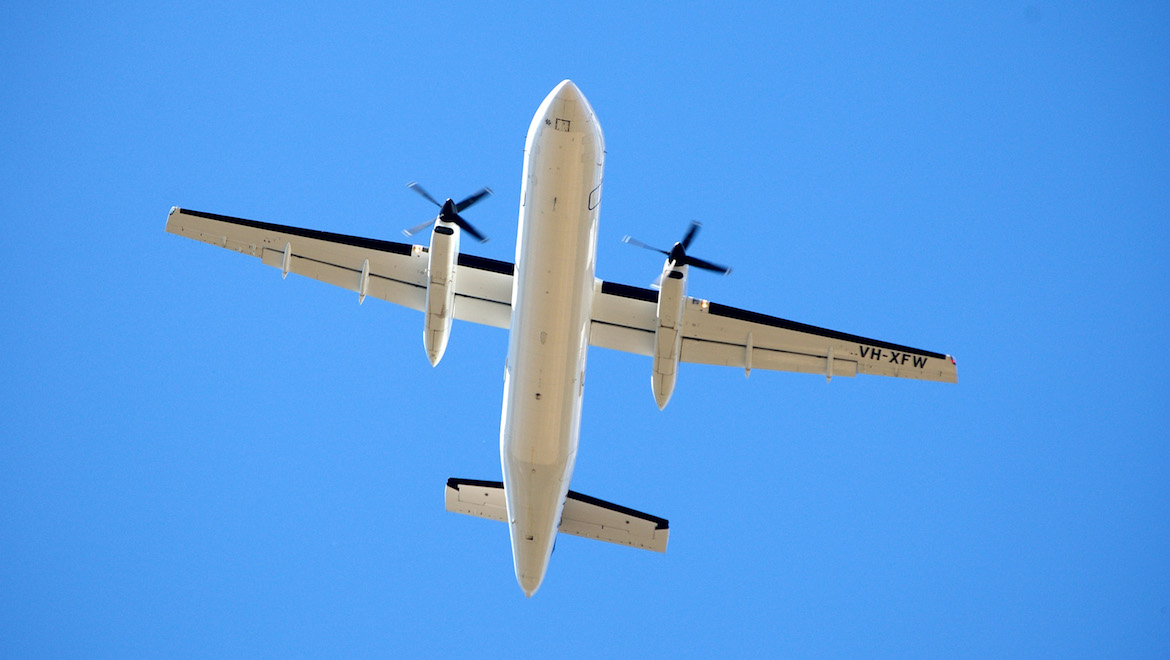
As with the -100 series before it, DHC would launch improved variants of the -300, utilising different engine combinations to deliver more performance. The -311 was introduced in 1990 with new PW123A engines and a revised interior, while the -300A allowed for increased payload.
Then in 1992 DHC announced plans to add further enhancements to the basic -100 design that became the -200 series. Using the same fuselage and wing design as the -100, this variant introduced PW123 engines as used on the -300 series, giving it better range and performance in hot and high conditions. The type entered service in 1995, and most of the 105 produced remain in service today.
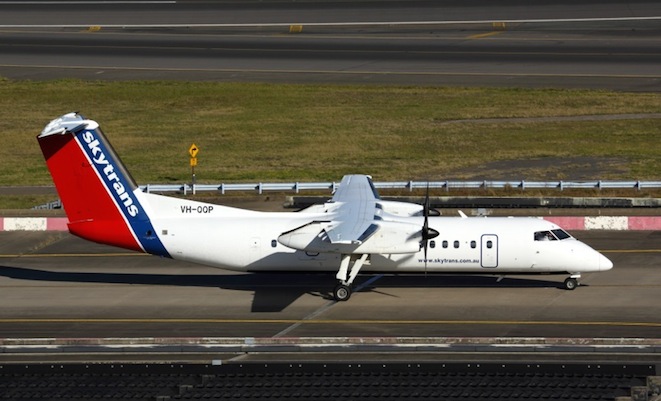
For a number of years, Dash 8 production and development continued on while DHC underwent a series of changes. In 1986 the company was sold by the Canadian government to Boeing, which later tried to use it to win a significant aircraft order from Air Canada. Following the loss of that competition to Airbus, Boeing immediately put the company up for sale, and in 1992 it was sold to transport conglomerate Bombardier.
Despite the changes in ownership during the late 1980s and early 1990s, DHC/Bombardier continued to work on further developments to the Dash 8. This included the addition of an ingenious active noise and vibration suppression system being added across the lineup in 1996, and resulted in the “Q” designations being added to aircraft after that.
In total, Bombardier delivered 299 Dash‑8-100s, 105 Q200s and 267 Q300s before production of those types ceased in 2009 due to the backlog for the models being filled, and production switching solely to the 74-seat Q400.
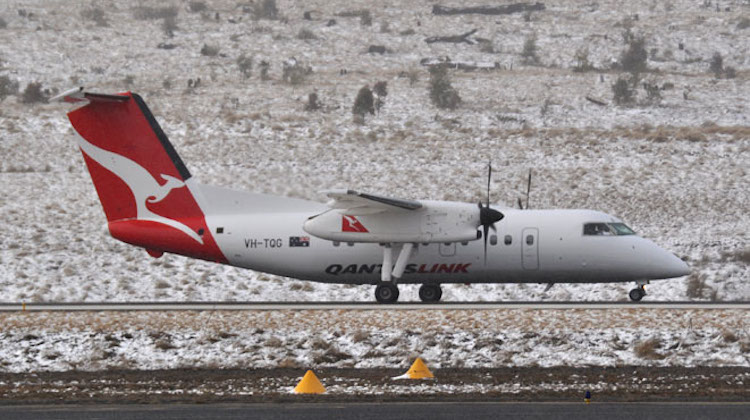
Q400
As with the -300/Q300 before it, the Q400 was largely based on the basic Dash 8 design but with a further stretch. That necessitated a number of modifications to the aircraft’s tail and wings.
The other major change was to the engines, with the model introducing the PW150A engines capable of producing 3,781kW (5,071shp) and driving six-bladed Dowty composite propellers. These engines also introduced full authority digital engine control (FADEC) to the Dash 8.
In the cockpit, Bombardier added a Thales digital avionics suite, making the cockpit more aligned to modern airliners than the previous Dash 8 models.
The Q400 also introduced two entry doors at the forward and aft ends of the aircraft, while earlier Dash 8s only featured front access doors.
The aircraft had its first flight in January 1998, with Canadian certification awarded in 1999. The first delivery to launch customer SAS Commuter occurred in January 2000.
The Q400 is able to cruise at 360kt, putting it closer towards the speeds of regional jets. Added to that, the aircraft has a ceiling of 27,000ft, allowing it to fly higher than other regional turboprops.
Despite those capabilities, the Q400’s reputation became tarnished in 2007 following a series of landing gear failures in Europe. Launch customer SAS even publicly stated that it would dispose of its fleet as a result of the accidents, but the airline later ordered more aircraft after reaching an agreement on compensation with Bombardier.
The Q400 has also had some troubles locally with landing gear issues. Following a manufacturer-mandated inspection in August 2010, QantasLink was forced to ground five Q400s temporarily to replace certain parts of the landing gear after cracks were found.
While it has been the mainstay of production for a number of years, Bombardier has more recently transitioned across to solely produce the upgraded Q400 NextGen.
Compared to the standard Q400, the NextGen has an updated cabin with improved lighting, larger overhead bins and revised windows, while it has also delivered some improvements in maintenance costs and fuel burn.
Last year Bombardier announced that it would offer a two-class configuration on the Q400 NextGen which would also be offered as a retrofit for existing Q400 operators. United Express is the first carrier to operate a Q400 with the three-abreast business class configuration.
Despite the general turn back towards operating turboprops over regional jets, the Q400 has lagged in the sales race, with the rival ATR 72 stealing a number of orders.
On a global scale, the Q400’s sales success has been somewhat muted until recently. A number of larger competitions saw orders go to the rival ATR 72, which some analysts say has a lower acquisition price and lower fuel burn.
Nevertheless, Bombardier has recently had significant orders from Canadian carrier WestJet and Poland’s EuroLot, which have helped to boost its backlog to 54 aircraft.
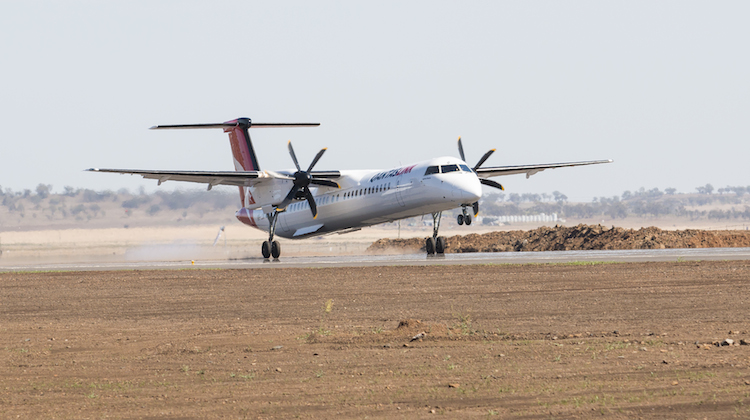
Local operations
With regional services such a large part of Australia’s aviation network, it was inevitable that the Dash 8 would have a long career flying in southern skies.
Eastern Australia Airlines received its first Dash 8-100 in 1988. That was followed in 1998 by the arrival of Sunstate Airlines’ first -200 series aircraft. Sunstate later took delivery of its first Q300 in January 2000, while the Q400 was added to its fleet from January 2006.
Today QantasLink operates 27 Q400s, 16 Q300s and five Dash 8-200s, with one Q400 still to be delivered. The aircraft now operate in almost all states, with routes ranging from Sydney-Canberra right up to the much longer Cairns-Port Moresby sector. The -200 series aircraft are also used to maintain the link between Sydney and Lord Howe Island.
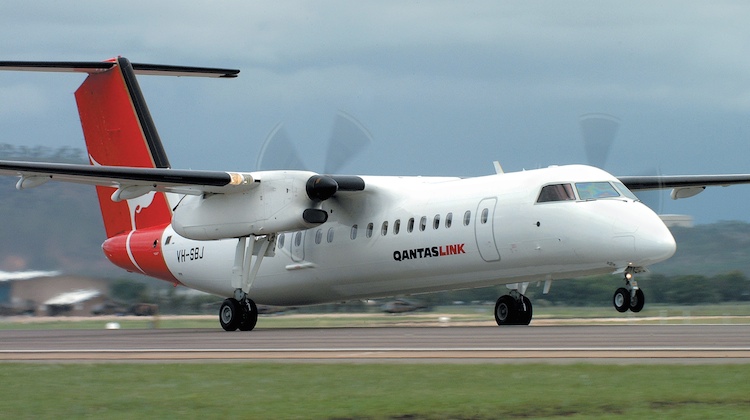
QantasLink disposed of its last -100 series aircraft in 2010, with most of them joining the other major Dash 8 operators, Cairns-based Skytrans and Perth-based Skippers Aviation.
Skytrans now operates 11 Dash 8-100s and three Dash 8-300s, while Skippers has a fleet of four Dash 8-100s and six Dash 8-300s.
Both operators primarily use the aircraft on mining charter services, where the aircraft’s range and hot and high capabilities have been especially valued, as well as its ability to operate from unpaved airstrips when serving remote mine sites. The carriers also use them on their limited regular public transport (RPT) networks to remote centres to great effect.
For Skippers, adding the -300 to its fleet has allowed it to ride the resources boom, with the aircraft allowing for bigger shift changes at some of the mines it flies to. Similarly, the aircraft has also given it the option to up-gauge some of its RPT services in WA to meet demand.
Cobham Aviation Services has also been a longtime Dash 8 operator, having leased in -100 and -300 series aircraft to meet the needs of its resource charter clients.
Cobham’s Surveillance Australia is also a notable Dash 8 operator, flying six Dash 8-200s and four Dash 8-300s, which have been modified to carry a specialised sensor system and larger fuel tanks to enable it to carry out maritime surveillance missions on behalf of Customs.
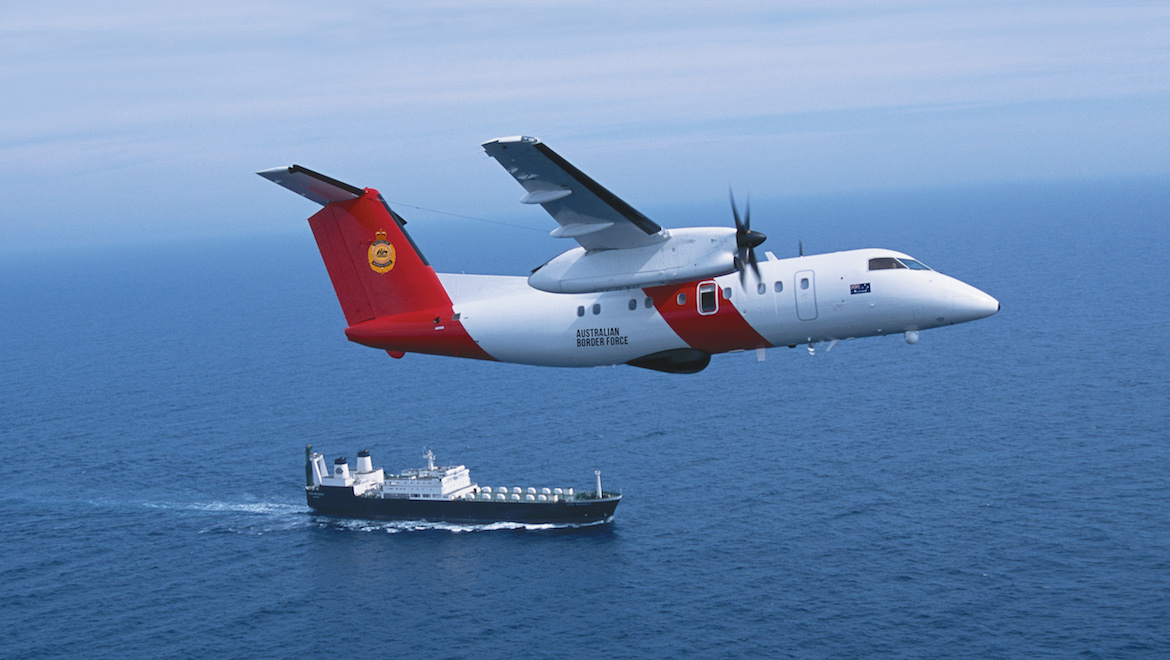
Across the Tasman, now-defunct carriers Ansett New Zealand and Origin Pacific operated Dash 8-100s and -300s.
Air New Zealand also ordered Q300s to replace the Saab 340s operated by Air Nelson. The first one was delivered in Montreal in July 2005 and today the airline operates 23.
The Air New Zealand order was something of a coup for Bombardier at the time, especially as one of the carrier’s other regional subsidiaries, Mount Cook Airline, already operated ATR 72s.
Further north, Dash 8s have been long-term residents of Papua New Guinea, having been flown for many years by Air Niugini and Airlines PNG, providing vital internal connections and also flying between Port Moresby and Cairns.
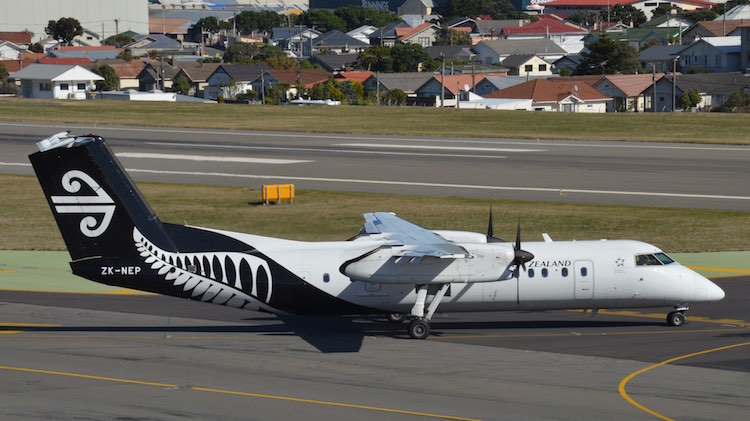
Future Developments
Despite the earliest model Dash 8s now having been out of production for three years, demand for the -100, -200 and -300 series remains high and overall plenty of life remains in the fleet, particularly with the manufacturer continuing to support the oldest aircraft still flying.
Bombardier announced in 2009 that it would extend the life of the -100 series out to 120,000 cycles from the previous 80,000 cycles through an Extended Service Program.
The company says that on current usage trends the effective life of the aircraft could be extended for up to 12 years.
One operator Australian Aviation spoke to said that the life extension had meant that the values of Dash 8-100s had increased and that it was getting hard to find aircraft available. As a result, some operators with a requirement for more aircraft are moving up to the larger -300 which are easier to source on the global market.
Another problem for Dash 8 operators has been the lack of new aircraft in the market, especially in the 37-seat category.
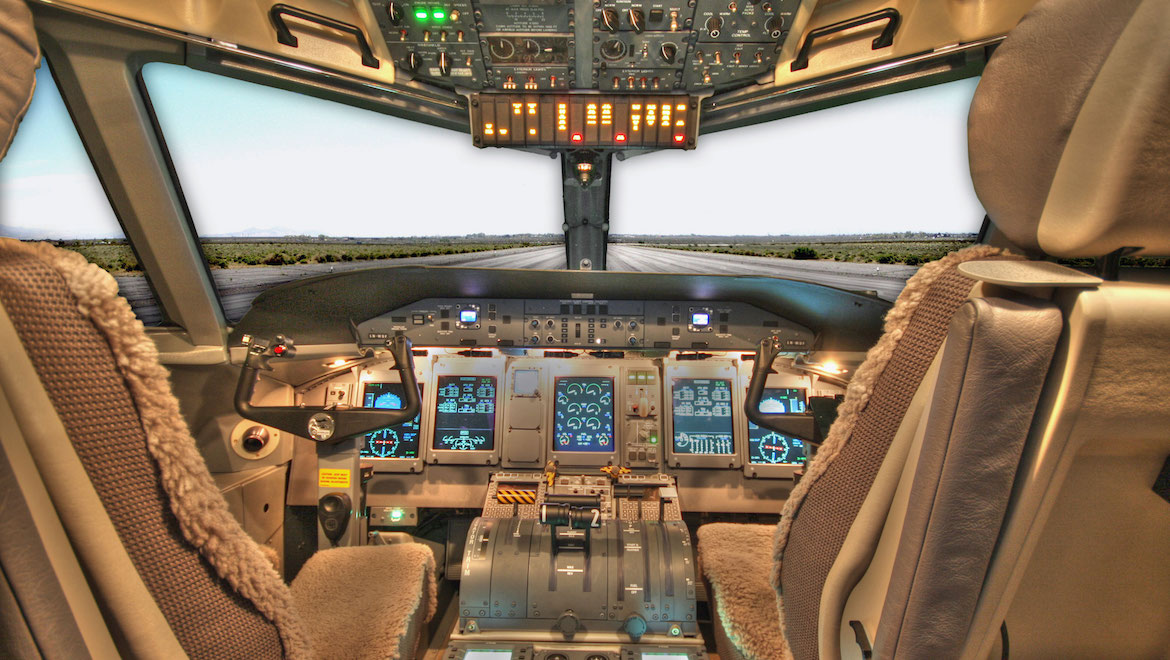
Further support is coming from Fokker Services, which last year signed an agreement with Bombardier to provide spares and logistical services to Dash 8 operators. The service builds on its ABACUS program which helps to support legacy Fokker types.
At the same time, Bombardier has also given every indication that it plans to further extend the Dash 8 design up into a new 90-seat aircraft in future.
In 2007 Bombardier started talking of a “Q400X”, which would use the basic airframe but feature a stronger wing and upgraded engines and would be aimed at operating on short but dense regional routes. Originally, the manufacturer had indicated that the Q400X could be developed to enter service as early as 2013.
The Q400X talk has also prompted ATR to closely examine a larger aircraft, with the two manufacturers playing a game of cat and mouse over the last few years.
More recently engine manufacturers General Electric and Pratt & Whitney have indicated that they are working on developing more powerful turboprops for both Bombardier and ATR.
However, this year Bombardier has cooled on attacking the 90-seat market, with recent comments from its marketing team indicating that any move on that segment would likely come after 2016.
In the meantime though, the Dash 8 looks set to continue its legacy in Australia of being a flexible and hardy regional workhorse.
VIDEO: A look at a QantasLink Dash 8 Q200 taking off from Lord Howe Island Airport from the wiiwheel64 YouTube channel, which highlights the excellent field performance of the aircraft.
Postscript: In November 2018, Bombardier announced the sale of the Q400 program, as well as all assets, intellectual property and type certificates associated with the out-of-production Dash 8 series, to Longview Aviation Capital. It established a new company with a famous name – De Havilland Aircraft of Canada Ltd – for manufacturing the Q400 turboprop.
This story first appeared in the October 2012 edition of Australian Aviation. To read more stories like this, subscribe here.

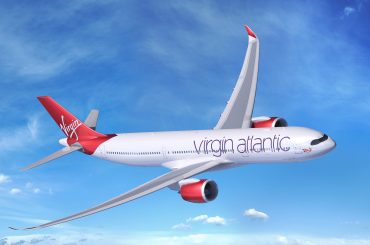











JM
says:You may care to check, but I believe the first Dash 8-100 actually brought into Australia may have been by Lloyd Aviation in Adelaide, to operate on a scheduled charter for BHP Petroleum from Darwin to Troughton Island?